The Hoyarex filter system was really good: high quality filters.. Great variety of options in the range. Some glass filters. Solid holder. And a really useful rubber hood. But the Hoyarex System had a big flaw! And that has become evident over the years as more and more filters become scratched.
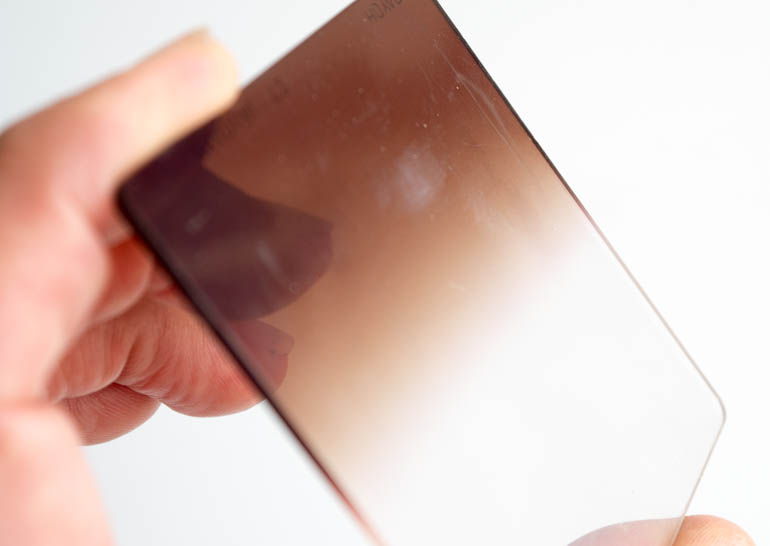
It’s not due to use either! These scratches occur when the filters are stored in their plastic case. The resin filter catches the edge of the case, which usually bends a bit in the middle. So after being jostled around in a camera bag the rubbing effect causes the resin to mark or scratch. 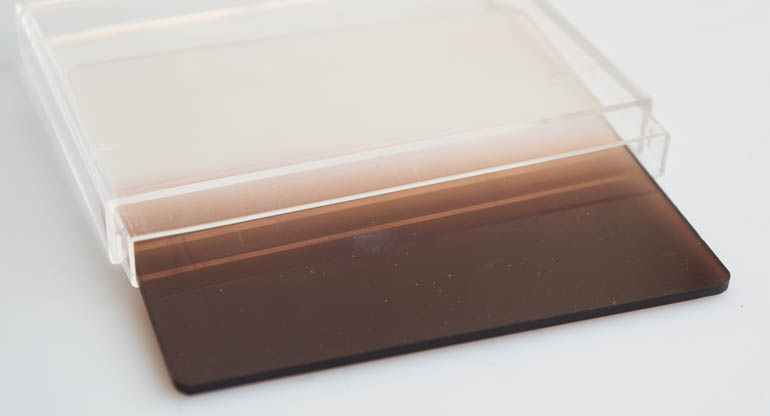
So here’s a tip to prevent further wear. Buy a packet of lens tissues and wrap one over the filter at the top end that sticks out of the case. Then the filter wont get rubbed. You can use toilet tissue, but a lens tissue is softer and has no fibres that will come off and cause dust problems. 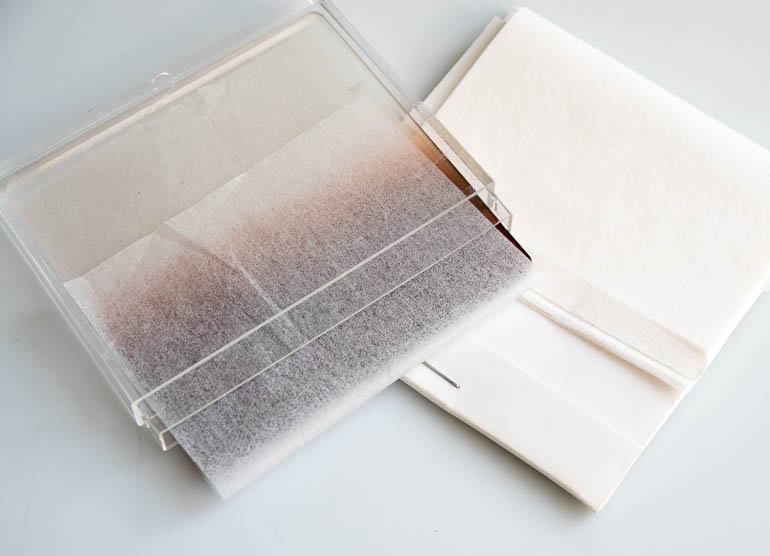
View the entire range of Hoyarex filters here
The Hoyarex Skylight 1B filter – cat number 011 – is one of the most valuable filters in the Hoyarex range, yet is often overlooked, because its not a special effect filter.
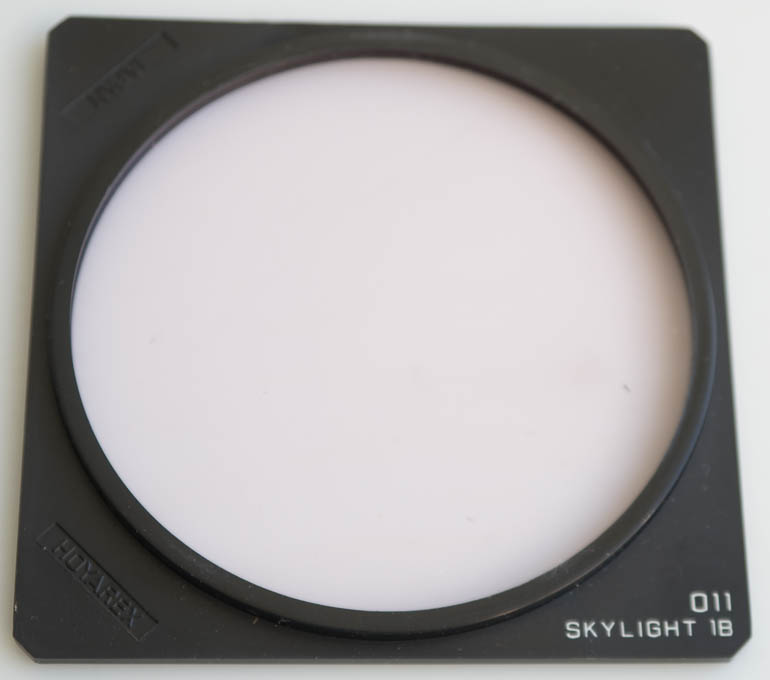
But this underused filter will do two things to ensure your photography improves.
Firstly, and most importantly, the filter is a lens protector. The Hoyarex system is made so that when a filter is placed in the back slot it removes any possibility of dust reaching the lens. So if the holder is left on with a filter inserted the lens wont get dust falling on the surface or scratches. The skylight is the obvious choice as it has no special effect value. It’s also one of the few filters in the Hoyarex range that’s made from glass so optically very good.
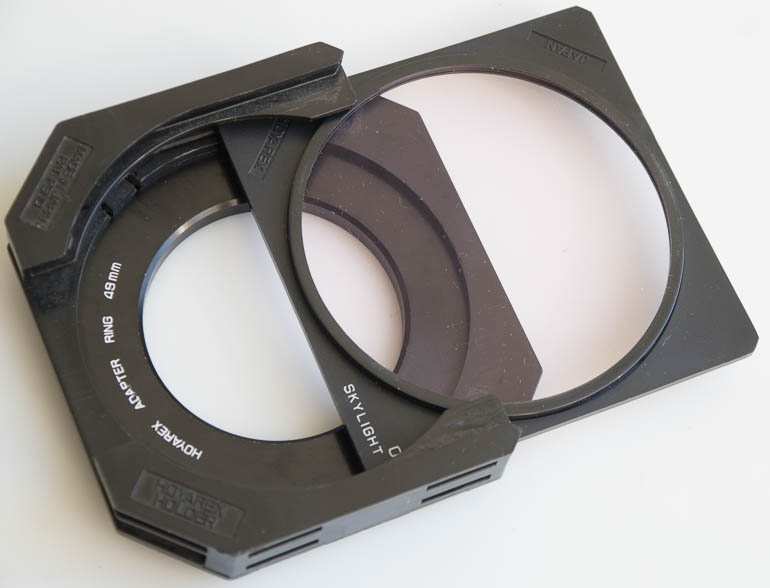
But the filter has another use. A skylight filter has a very slight pink tint that has a warming effect when shooting in hazy days, so landscapes can be photographed with slightly more clarity. 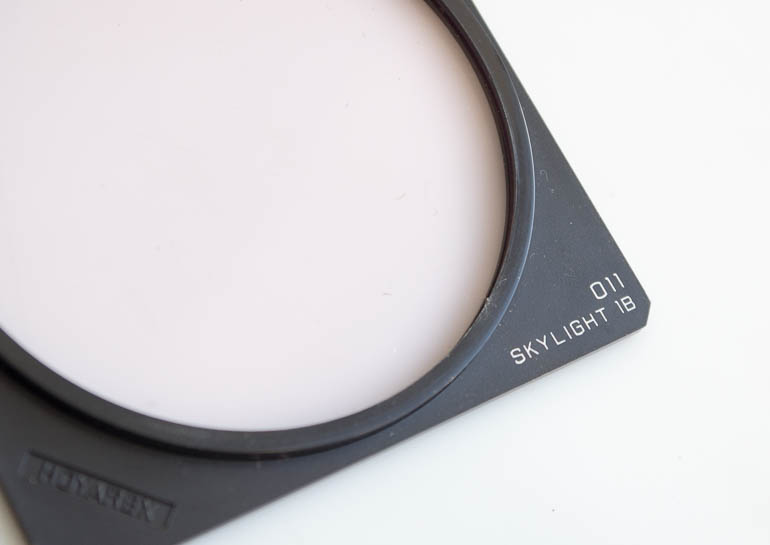
Using the filter in the back slot near the lens means there still another slot free for a special effect filter when you want to add a graduated effect, sepia tone or spot for example. 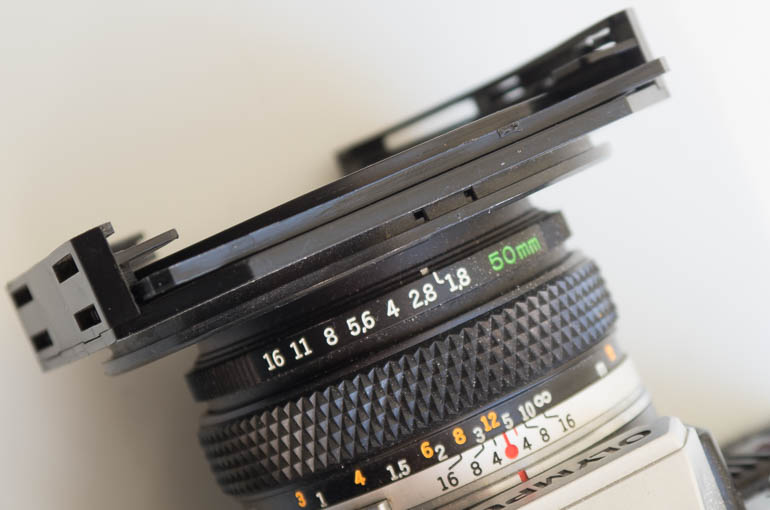 Photographyattic has the Hoyarex 011 Skylight 1B glass filter for sale here
Photographyattic has the Hoyarex 011 Skylight 1B glass filter for sale here
Hoyarex filters were arguably the best filter system made. Optically superb, several made from glass, solid filter holder, brilliant adjustable rubber hood for wide or super telephoto, and a useful range of filters.
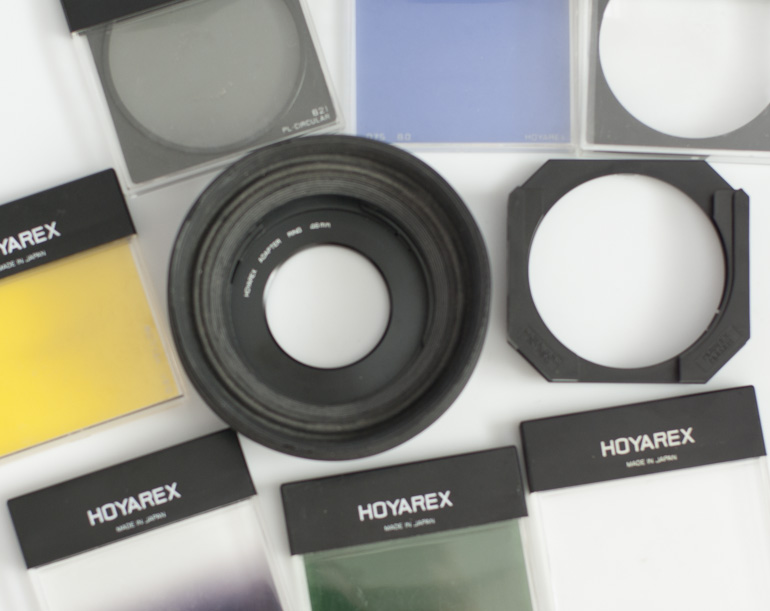
Hoyarex was a filter system developed by Hoya. Hoya was the big name in optical filters and then French manufacturer Cokin appeared with a system that would revolutionise the filter world.
Hoya reacted fast but not fast enough. Cokin had soon taken hold of the filter market with serious and special effect filters. Photographers were no longer buying one or two filters they were investing in cases full.
The Hoyarex system emulated what Cokin had done, but in our opinion did it better, some filters were glass, others had frames around them so handling was better. The holder was more flexible and had a more versatile lens hood. The filters slotted in more comfortably and the adaptors clipped in easier.
But they were too late and Cokin won the battle. Hoyarex disappeared as quick as they came.
You can still find remnants of the system sold in the second-hand sections of various photographic retailers, and there are many here on PhotographyAttic.
The illustration above shows the filter holder with an adaptor ring (available in sizes from 43mm up to 77mm) and the wonderful rubber Pro hood that clipped on the holder and had a variable extension.
Two filter holder can be clipped together and rotated when special effect filters were inserted.
Here in numeric order is the entire range with links to buy individual used filters at photographyattic.com
Many new filter buyers are unsure whether to buy a round filter or one of the many square options.

A round filter screws directly onto the front of your lens. A Square filter slides into a filter holder that has an adaptor ring matching the filter thread size of your lens.
There are a few advantages and disadvantages to consider.
Cost
The main advantage with a filter system, using a filter holder is that you only need one filter for a number of lenses. You just need to change the adaptor ring so the filter and holder will fit on to a different lens. Once you’ve bought the adaptor and ring system filters tend to be less expensive.
+ System Filters
Space
This not only means it’s a lower cost when you have a selection of lenses, but you also save space. Imagine wanting five different filters and you have four lenses with different filter thread sizes. You’d need 20 filters in total! Well this is not exactly true as you can buy step up or step down rings to change the size of the lens’ filter thread.
+ System Filters
Quality
Screw in filters are often better quality. They’re usually made of glass and of the highest optical quality. Being glass they don’t scratch easily either, so are easier to clean without damage.
+ Round Filters
Size
Screw in filters tend to take up less room as there’s no holder required. They are less protruding on a lens too so there’s less chance of vignetting (caused by the filter obstructing the corners of the frame).
+ Round Filters
Design
The filter holder type of filter design usually means there’s a gap between the lens and the filter. This not only potentially reduces quality as light has more complicated path to follow, but also means the lens could be exposed to the elements more.
+ Round Filters
Range
Although there are plenty of screw-in filter options you won’t get a wider range than a system filter, especially in the more creative options.
+ System Filters
Practicallity of use
If you intend using graduated filters you can’t beat the slot in system as you have the option to move the gradient up or down in the holder, whereas a screw in filter has the gradient fixed across the middle.
+ System Filters
Fiddly
Screw in filters stand you more chance of cross threading the filter on the lens thread. They are harder to remove if you over tighten too. While system filters need a two step process, so are slower at first while you have to attach the holder then slip the filter in. If, however you can put up with the extra bulk at the front of your lens and leave a filter holder attached the slip in type become far less fiddly.
+ System Filters
Resale
If you decide to sell your filters square ones tend to fetch a better price on sites like ebay.
+ System Filters
There are many filters are for sale here:
Cokin A series,
Cokin P series,
Hoyarex System,
Cromatek System,
Round filters
The diffraction filter is a special effect filter that can be found in a number of filter brands’ ranges.
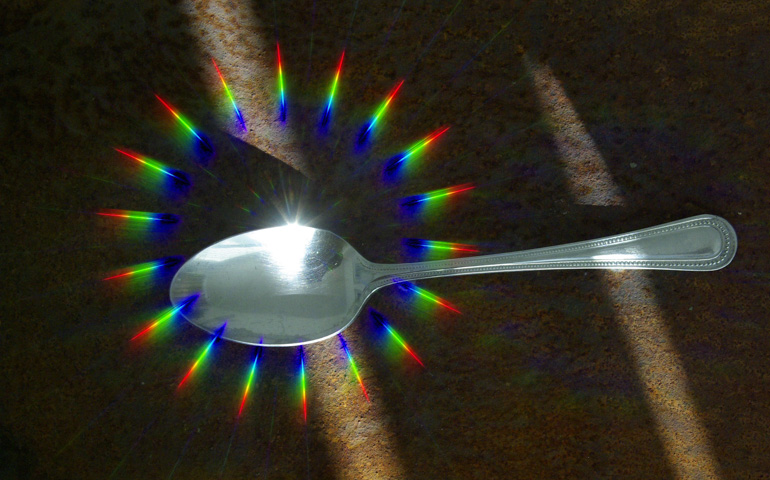 The diffraction filter creates spectacular rainbow coloured streaks or star bursts from highlights.
The diffraction filter creates spectacular rainbow coloured streaks or star bursts from highlights.
Hoya made the effect popular back in the 70s with their group of filters called Spectral Star.
The Hoya Spectral Star is a conventional starburst filter that added a rainbow-like pattern to the streaks. Hoya had three filters in this range
The Hoya Andromeda is a single line through the photo used to create ghost-like blurs and multicoloured streak from point light sources.
The Hoya Pulsator is a colourful 8 point star burst.
And the Hoya Nebula is a multipoint filter for spectacular colour bursts
The French brand Cokin replicated Hoya’s effects with their series of Diffraction filters which are still available today
The Cokin Diffractor Cosmos 040 is like the Hoya Andromeda
The Cokin Diffractor Univers 041 is like the Hoya Pulsator
And the Cokin Diffractor Galaxy 042 is like the Hoya Nebula
And thanks to Cokin’s universal holder these filters can easily be adapted to fit a wide range of lens filter thread.
Hoya copied the system filter approach popularised by their version called Hoyarex.
The Hoyarex versions are easier to understand as they are named by the number of points. There are also more options to choose from including the following:
It’s not easy to recreate this filter digitally and is well worth adding to your collection. The filter works with glass, water, jewellery and any other item where you can get a sparkle of light to diffract. Some photographers also use them on lasers to create stunning painting with light effects.









